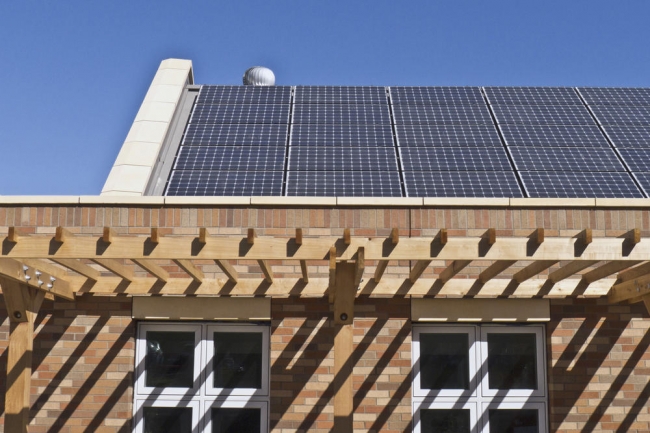
A concrete slab is an immensely significant as well as traditional structural element required for construction of every modern building. The floors and the ceilings constitute of horizontal slabs made of steel reinforced concrete with thickness of about 10 to 50 cm approx. On the other hand, one needs thinner slabs of the same class for constructing the exterior paving of the house. Several industrial, as well as, domestic buildings use an exceptionally strong slab made of concrete endured on the foundations or, often, placed over the subsoil directly. Constructors follow this way in order to make the ground level of the building. However, if the building is a skyscraper, concrete slabs that are precast and much thinner in size remains in between the frames of steel in order to construct the floors as well as the ceilings of every level. There are two fundamental considerations to conclude that concerns the thermal performance of the concrete slabs. They are described below.
Insulation of the floor slab
In the older times, the buildings constituted of concrete slabs cast on the ground itself as that helps to drain a substantial portion of the heat out from any room. However, modern construction uses the method of casting the concrete slab on the top of a separate sheet of insulation like expanded polystyrene. The slab may often contain pipes for underfloor heating. However, slabs that are uninsulated still find use mainly in the outbuildings because they do not get heated or cooled to the temperature of the rooms. Under these circumstances, if an individual cast the slab directly on to any rocky substrate, one can easily uphold the temperature of it near to the rocky substrate for the entire year. This will also assist in preventing the conditions of overheating or freezing.
High thermal mass of the concrete slabs
The other pertinent consideration to make is in regards to the high thermal mass of the concrete slabs. This applies to the floors of the building and also the walls and any other place where concretes are inside the thermal envelope. It becomes a significant disadvantage, if the rooms get heated from time to time, and it requires immediate cooling. Concrete, usually, takes an awful long time to get heated, and this causes an unwanted delay in the process of getting the building to warm up. However, this can also be considered as an advantage under those conditions where there is a fantastic deal of change in the daily weather conditions and the temperature swings from time to time consistently. These slabs act as regulators and assist in cooling the rooms whole day and keep the rooms warm whole night.
Concrete slab floors can easily be considered as the simplest form of thermal mass. Tiles, bricks, concrete blocks and even rocks can be used as thermal mass. However, for determining, if the material is appropriate for the absorption and storage of heat, it is extremely crucial to check the following three factors.
- The material that one intends to use for thermal mass must be heavy and highly dense. This will be immensely helpful in the process of absorption and storage of the heat in significant amounts. If the materials are light and not exceeding dense, they will neither be able to absorb the heat nor will they be able to store them.
- The material, to be used must be a potent conductor of heat so that the heat can move in and move out of the material with much ease.
- The surface of the material must be dark as well as textured so that it can absorb and re-radiate the heat with much ease.
It is extremely crucial for one to understand that different materials of thermal mass have different capacities to absorb the different quantities of heat. The time required for these different substances in absorbing the heat and re-radiate the heat and also differs from each other, respectively. Therefore, the material quality, its density, weight and conductivity of the material play an extremely crucial part in deciding the efficiency to absorb and store the heat effectively. Concrete is a highly effective material and hence it is often regarded as an efficient thermal mass. This is because of the reason that it has higher heating capacity than most other materials used for constructing buildings. That is the only reason for preferring these concrete slabs to act more like a thermal mass than any other distinct category of thermal mass materials used for constructing the building.




